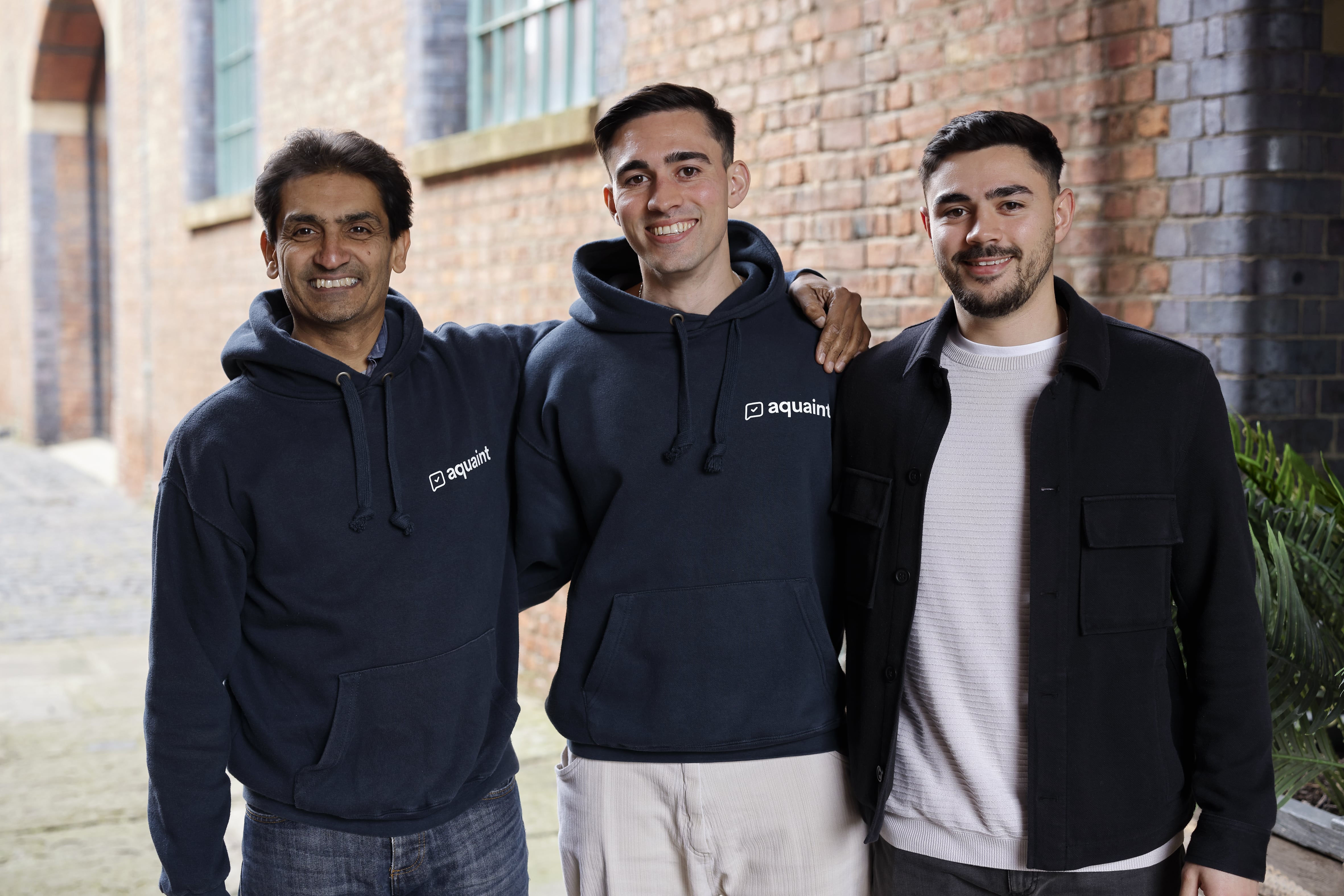_%20The%20Complete%20Guide%20for%20Restaurants%2C%20Pubs%20%26%20Caf%C3%A9s%20(2).png)
UK Food Safety Temperatures (FSA): The Complete Guide for Restaurants, Pubs & Cafés
Keeping food at safe temperatures is one of the fastest ways to win over your EHO and protect customers. This guide gathers the UK legal and best‑practice ranges most kitchens look for: fridge, freezer, delivery, cooking & reheating, hot holding, cooling, defrosting
Quick reference: Keep chilled food at ≤8°C, frozen food at ≤−18°C,hot food at ≥63°C, cook/reheat to a safe core temperature (e.g., 75°Cfor 30 seconds or equivalent), and log everything consistently.
Fridges (UK food safety law)
- Target: 1–8°C (ideal 5°C)
- Record: at least twice daily per fridge
- If out of range: retake in 1 hour; if still high, remove from service and record corrective action
- Segregation: store raw and ready‑to‑eat separately to prevent cross‑contamination
Freezers
- Target: ≤ −18°C
- Record: at least twice daily per freezer
- If warmer than −18°C: retake in 1 hour. If still high, remove from service and record corrective action
- Segregation: store raw and ready‑to‑eat separately to prevent cross‑contamination
Food deliveries: acceptance temperatures
Record temperatures on arrival and document accept/reject decisions.
- Chilled items: 1–8°C
- Quick‑frozen items: ≤ −18°C (acceptable to −15°C if unavoidable and re‑frozen immediately)
- Normally frozen items: ≤ −15°C (acceptable to −12°C)
- If out of range: reject or isolate and log corrective action and reason for acceptance
Cooking temperatures
Probe the centre/thickest part of the food.
- Standard target: 75°C for 30 seconds
- Accepted time/temperature equivalents:
- 60°C for 45 minutes
- 65°C for 10 minutes
- 70°C for 2 minutes
- 80°C for 6 seconds
Batch policy: record the first batch and when you change product, size, load or equipment; spot‑check during service.
Reheating temperatures
- Target: 75°C for 30 seconds (or the same equivalents above)
- Good practice: reheat rapidly, don’t hot‑hold from cold. Reach safe core temp before service
Hot holding
- Target: ≥ 63°C
- Monitoring: check at sensible intervals (e.g. every 2 hours) and log
- Time in lieu of temperature: food that drops below 63°C may be kept out of temperature control for up to 2 hours once only, then use, cool, or discard
Cooling
Cool cooked foods promptly to reduce bacterial growth:
- Goal: Cool from cooking to ≤ 8°C within 2 hours
- How to speed it up: shallow trays, smaller portions, blast chiller, ice bath; avoid tight lids while hot
- Logging: record start time/method and when food reaches ≤ 8°C
Cold holding / display
- Chilled display: keep ready‑to‑eat foods ≤ 8°C
- Buffets & events: where refrigeration isn’t practical, use time control - max 4 hours unrefrigerated, then discard; clearly mark the start time
Defrosting
- Defrost in the fridge (≤ 8°C) or under cold running water
- Keep foods covered and separate from ready‑to‑eat items while thawing
- Drain and cook promptly; never re‑freeze raw foods once fully thawed (unless cooked first)
Probe care & calibration
- Between uses: sanitise probes with food‑safe wipes
- Regular calibration: check in boiling water (~100°C) and ice water (~0°C) and record results
- If off: recalibrate or replace and note the corrective action
Quality vs food safety
Some checks are essential good practice, but not food hygiene items:
- Cellar temperatures: 10–13°C (beer/wine quality)
- Legionella checks: Hot ≥ 50°C, Cold ≤ 20°C (health & safety)
Opening & closing checks
- Visual cleanliness & equipment check
- Pest evidence checks
- Fridge/freezer log reminders
- Probes present, charged, sanitised
Make It Bulletproof with Aquaint
Aquaint makes this effortless:
- Twice‑daily fridge/freezer prompts per unit
- Delivery temperature capture with accept/reject actions
- Cook/reheat records with time/temperature equivalents built‑in
- Hot‑hold timers and alerts for the 2‑hour rule
- Cooling workflows with timestamps and methods
- Calibration logs with pass/fail and corrective action
- EHO‑ready reports in one tap (site, date range, team)
👉 Get started and take the stress out of compliance for your team.
FAQs:
What is the legal fridge temperature in the UK?
Keep chilled foods at 8°C or below. Most kitchens target 5°C to stay comfortably within range.
What temperature should freezers be in the UK?
−18°C or colder. Record at least twice daily per unit.
What temperature should food be cooked to in the UK?
A common safe target is 75°C for 30 seconds at the core. You can also use approved time/temperature equivalents like 70°C for 2 minutes.
What temperature is hot holding in the UK?
63°C or above. If food drops below this, you can use time control for up to 2 hours once only.
How quickly must food be cooled?
From cooking to ≤ 8°C within 90 minutes–2 hours. Use shallow pans, blast chillers or ice baths to speed it up.
Can I defrost food at room temperature?
No. Defrost in the fridge or under cold running water. Keep separate from ready‑to‑eat foods.
Do I need to calibrate my probe?
Yes. Check ~100°C (boiling) and ~0°C (ice water) regularly and record the results.


Let's get aquainted - sign up to our newsletter
Join our newsletter to stay up to date on features and releases.


.png)






